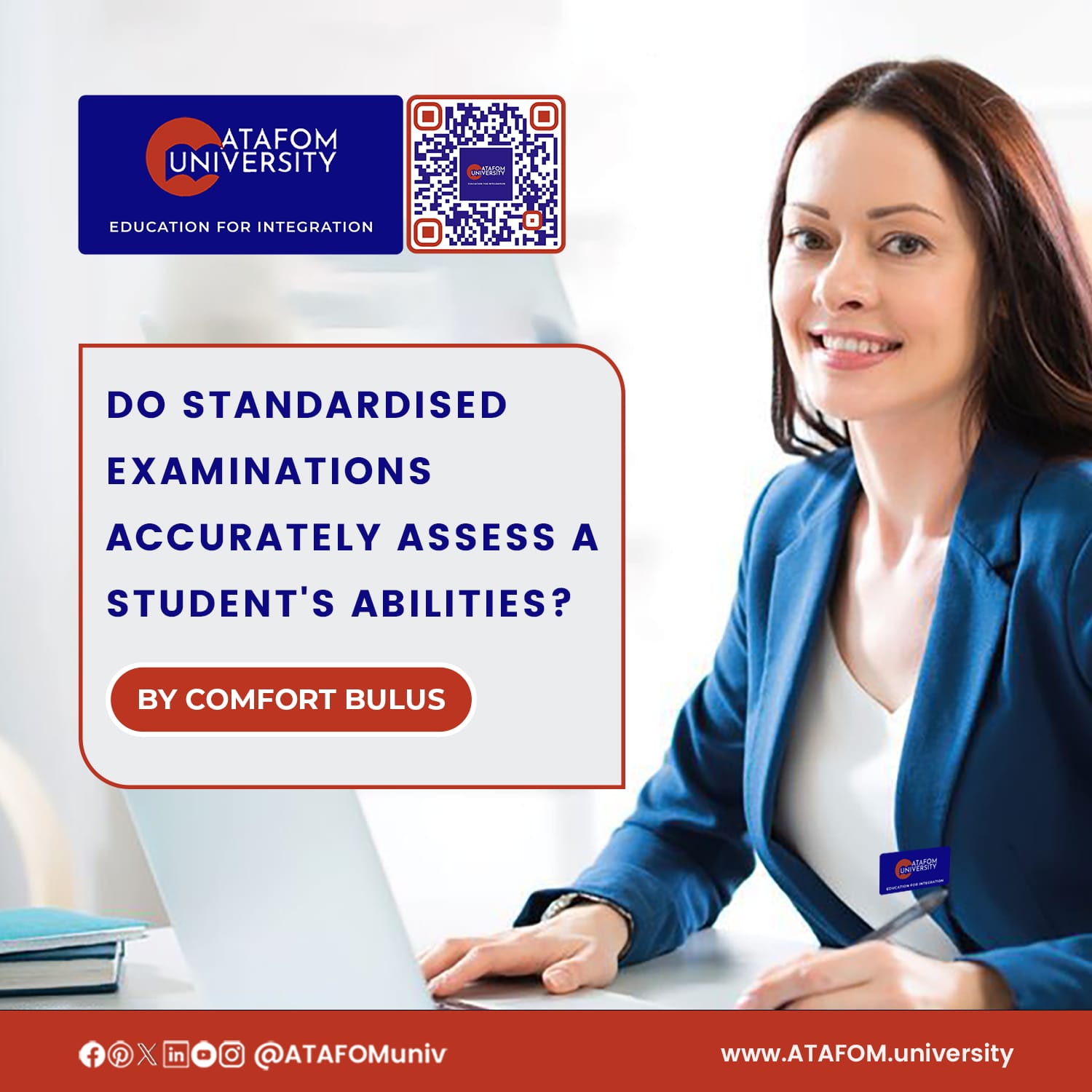A standardised exam is a common collection of questions intended to assess student achievement, maintain teacher accountability, and assist educators in curriculum development while guaranteeing district-wide consistency.
Standardised exams are critical for assessing student knowledge and ability in specific courses since they decrease subjective bias and allow for consistent time allocation for each student. Standardised testing in the United States begins in elementary school, with an obligatory Kindergarten competency test for half of the country. Standardised examinations for university, legal, and medical applications, such as the ACT, SAT, LSAT, and MCAT, are also taken by students.
Standardised tests are commonly utilised in schools for a variety of reasons. They allow for quantitative data analysis, benchmarking student performance against a representative sample, assisting teachers in identifying knowledge gaps, and assisting administrators in determining if certain teachers require more training. They also assist in identifying underperforming classes and recommending areas for more teacher training.
Standardised examinations have been used to assess student achievement in the United States since the mid-nineteenth century. These assessments offer a common educational norm, allowing pupils from all backgrounds to be easily compared. They also show student development by administering the same tests again, making it easier to analyse and score individuals. Furthermore, student test scores can be easily compared to one another, displaying growth. By monitoring student accomplishment, standardised tests help determine academic standards and guide policies. All stakeholders should be held accountable by school administrators and governments, and if kids are struggling, school administration and community stakeholders should intervene and offer assistance.
Standardised testing has various disadvantages, including the fact that it is predictable, does not measure intelligence, and does not reliably forecast student progress. It is also claimed that socioeconomic class is the most important predictor of SAT achievement and that wealthy households may have greater access to test preparation resources and services. Standardised testing can also harm a student’s self-esteem and ability, causing test anxiety. Furthermore, standardised testing has narrowed the curriculum, with school systems in the United States cutting the average time spent on social studies, creative subjects, and science by more than 40% between 2001 and 2007, resulting in students losing over 2 hours of teaching time to focus on exam topics like reading and arithmetic.
Standardised testing has benefits and drawbacks, but it allows educators to compare student knowledge and detect learning gaps. While not all students perform well on examinations, having a thorough understanding of a subject helps improve knowledge and prepare students for exams.


